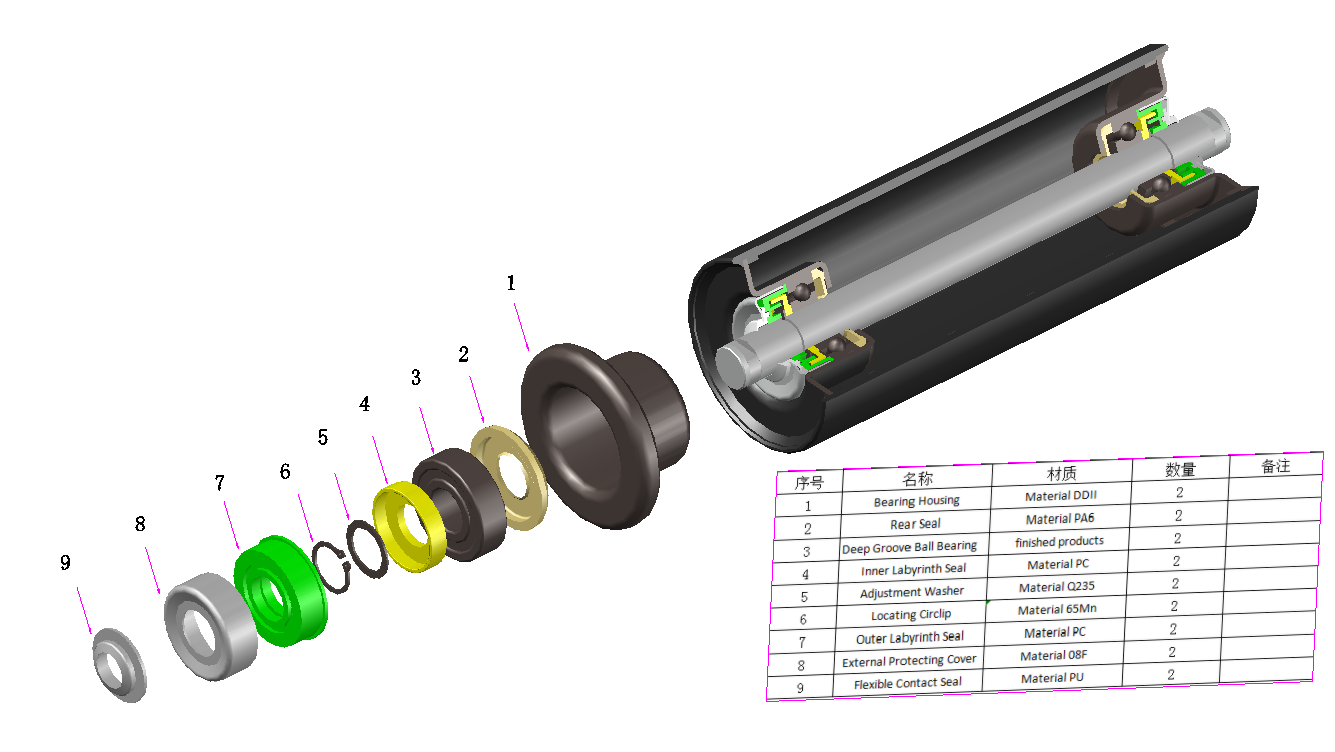 Afrikaans
Afrikaans  Albanian
Albanian  Amharic
Amharic  Arabic
Arabic  Armenian
Armenian  Azerbaijani
Azerbaijani  Basque
Basque  Belarusian
Belarusian  Bengali
Bengali  Bosnian
Bosnian  Bulgarian
Bulgarian  Catalan
Catalan  Cebuano
Cebuano  Corsican
Corsican  Croatian
Croatian  Czech
Czech  Danish
Danish  Dutch
Dutch  English
English  Esperanto
Esperanto  Estonian
Estonian  Finnish
Finnish  French
French  Frisian
Frisian  Galician
Galician  Georgian
Georgian  German
German  Greek
Greek  Gujarati
Gujarati  Haitian Creole
Haitian Creole  hausa
hausa  hawaiian
hawaiian  Hebrew
Hebrew  Hindi
Hindi  Miao
Miao  Hungarian
Hungarian  Icelandic
Icelandic  igbo
igbo  Indonesian
Indonesian  irish
irish  Italian
Italian  Japanese
Japanese  Javanese
Javanese  Kannada
Kannada  kazakh
kazakh  Khmer
Khmer  Rwandese
Rwandese  Korean
Korean  Kurdish
Kurdish  Kyrgyz
Kyrgyz  Lao
Lao  Latin
Latin  Latvian
Latvian  Lithuanian
Lithuanian  Luxembourgish
Luxembourgish  Macedonian
Macedonian  Malgashi
Malgashi  Malay
Malay  Malayalam
Malayalam  Maltese
Maltese  Maori
Maori  Marathi
Marathi  Mongolian
Mongolian  Myanmar
Myanmar  Nepali
Nepali  Norwegian
Norwegian  Norwegian
Norwegian  Occitan
Occitan  Pashto
Pashto  Persian
Persian  Polish
Polish  Portuguese
Portuguese  Punjabi
Punjabi  Romanian
Romanian  Russian
Russian  Samoan
Samoan  Scottish Gaelic
Scottish Gaelic  Serbian
Serbian  Sesotho
Sesotho  Shona
Shona  Sindhi
Sindhi  Sinhala
Sinhala  Slovak
Slovak  Slovenian
Slovenian  Somali
Somali  Spanish
Spanish  Sundanese
Sundanese  Swahili
Swahili  Swedish
Swedish  Tagalog
Tagalog  Tajik
Tajik  Tamil
Tamil  Tatar
Tatar  Telugu
Telugu  Thai
Thai  Turkish
Turkish  Turkmen
Turkmen  Ukrainian
Ukrainian  Urdu
Urdu  Uighur
Uighur  Uzbek
Uzbek  Vietnamese
Vietnamese  Welsh
Welsh  Bantu
Bantu  Yiddish
Yiddish  Yoruba
Yoruba  Zulu
Zulu industrial conveyor belt rollers
Understanding Industrial Conveyor Belt Rollers
In the realm of modern manufacturing and logistics, efficiency is paramount. One of the key components that enable high productivity in these industries is the conveyor belt system. At the heart of this system are the conveyor belt rollers, which ensure the smooth movement of materials from one point to another. This article delves into the significance of industrial conveyor belt rollers, their types, applications, and maintenance requirements.
What are Conveyor Belt Rollers?
Conveyor belt rollers are cylindrical devices that support the conveyor belt and facilitate its movement. They are crucial for minimizing friction and provide the necessary support to the weight of the cargo being transported. Rollers typically come in several configurations, including impact rollers, return rollers, and guide rollers, each serving a specific purpose within the conveyor system.
Types of Conveyor Belt Rollers
1. Idler Rollers These rollers are used to support the belt between the loading point and discharge point. They minimize belt sagging and ensure a proper belt alignment.
2. Impact Rollers Positioned at loading points, impact rollers absorb the energy of heavy loads and protect the conveyor belt from premature wear. They are typically equipped with rubber layers that help in cushioning the load.
3. Return Rollers These are located on the return side of the conveyor belt. Their primary function is to support the belt when it is empty, preventing sagging and enabling a smooth return to the loading area.
4. Guide Rollers Used to keep the belt aligned, guide rollers help prevent lateral movement of the conveyor belt, ensuring that materials do not spill over the edges.
5. Specialty Rollers These include self-cleaning rollers, wear-resistant rollers, and stainless steel rollers, which are designed for specific applications or environmental conditions.
Applications of Conveyor Belt Rollers
Conveyor belt rollers find applications across various industries, making them indispensable in modern operations. Common sectors include
industrial conveyor belt rollers

- Manufacturing Rollers are used in assembly lines to transport parts and products efficiently through different stages of production.
- Mining In mining operations, heavy materials are transported over long distances. Durable and heavy-duty rollers are used to withstand the extreme conditions of the environment.
- Food Processing Food-grade rollers are designed to meet strict hygiene standards and are commonly used in processing, packaging, and logistics of food products.
- Logistics and Warehousing Rollers are integral in distribution centers where goods need to be moved quickly and efficiently from one point to the next, often within conveyor systems.
Maintenance of Conveyor Belt Rollers
Maintaining conveyor belt rollers is crucial for the longevity and efficiency of the entire conveyor system. Regular inspections should be conducted to check for signs of wear, misalignment, and debris accumulation. Key maintenance practices include
- Lubrication Keeping the bearings of the rollers well-lubricated reduces friction and prolongs their lifespan. Choosing the right lubricant is essential to avoid contamination and ensure smooth operation.
- Alignment Checks Regularly check the alignment of the rollers to prevent uneven wear and unnecessary strain on the conveyor belt.
- Debris Removal Ensure that the area around the rollers is free of debris, as materials can obstruct movement and lead to potential damage.
- Roller Replacement Over time, rollers may wear out and generate excessive noise or vibration. Prompt replacement of damaged or worn rollers is critical to maintaining operational efficiency.
Conclusion
In conclusion, conveyor belt rollers are a vital component of industrial conveyor systems. Their ability to support, align, and facilitate the movement of materials is indispensable in various industries. Understanding the different types of rollers, their applications, and the maintenance required can greatly enhance system efficiency and longevity. As industries continue to evolve, the role of conveyor belt rollers will only become more prominent, driving innovations in material handling and logistical processes. Whether in a busy manufacturing plant or a high-stakes mining operation, the significance of these seemingly simple components cannot be overstated.
-
Revolutionizing Conveyor Reliability with Advanced Rubber Lagging PulleysNewsJul.22,2025
-
Powering Precision and Durability with Expert Manufacturers of Conveyor ComponentsNewsJul.22,2025
-
Optimizing Conveyor Systems with Advanced Conveyor AccessoriesNewsJul.22,2025
-
Maximize Conveyor Efficiency with Quality Conveyor Idler PulleysNewsJul.22,2025
-
Future-Proof Your Conveyor System with High-Performance Polyurethane RollerNewsJul.22,2025
-
Driving Efficiency Forward with Quality Idlers and RollersNewsJul.22,2025





























